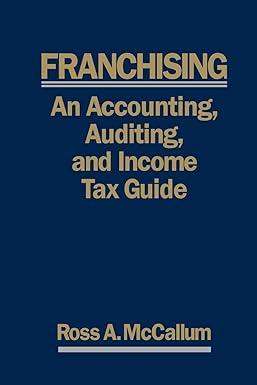YYZ, a stereo production company, produces its own speakers for assembly into its radios. To maintain its production schedule, YYZ needs to have 1,000 speakers available for assembly per day. Each time an order is placed to produce more speakers, the rate of production is 3,000 speakers per day until the order is filled, after which the production facilities are used for other purposes until another production run for speakers is needed. Since this production rate is three times the rate at which the speakers are needed, speakers are being produced only one-third of the time. The current policy for managing YYZ inventory of speakers is summarized below. Current Inventory Policy 1. Daily demand rate =1,000 speakers per day. 2. Daily production rate =3,000 speakers per day (when producing). 3. The production facilities get set up to start a production run each time the inventory level is scheduled to drop to 0 . 4. Each production run produces 30,000 speakers over a period ot 10 working days, so another 20 working days elapse before the next production run is needed. This policy leads to the pattern of inventory levels over time shown in Figure 1. As seen in figure 1 , the inventory level fluctuates between 0 and a maximum inventory level that is somewhat under 30,000 speakers. The reason for not reaching 30,000 is that speakers also are being withdrawn from inventory for assembly while a production run is under way. Consequently, Maximum inventory level = production lot size minus demand during production run =30,000 speakers (10 days )(1,000 speakers/day ) =30,000 speakers 10,000 speakers =20,000 speakers. Therefore, Average inventory level =220000=10,000 speakers YYZ's costs associated with this inventory policy are summarized below. c= unit production cost =$12 per speaker produced, K= setup cost for a production run =$12,000 h= unit holding cost =$3.60 per speaker in inventory per year. With 250 working days per year, the number of speakers needed per year is D= annual demand rate =(1,000 speakers/day )(250 days )=250,000 speakers. 1. What is the total annual cost (ordering, holding, and production) of YYZ's current policy? YYZ now wants to evaluate whether this production lot size ( 3000 speakers per day) should be adjusted and if a lower total cost can be achieved. 2. Give YYZ a recommendation regarding production lot size. By how much can you reduce inventory costs for YYZ with your policy








